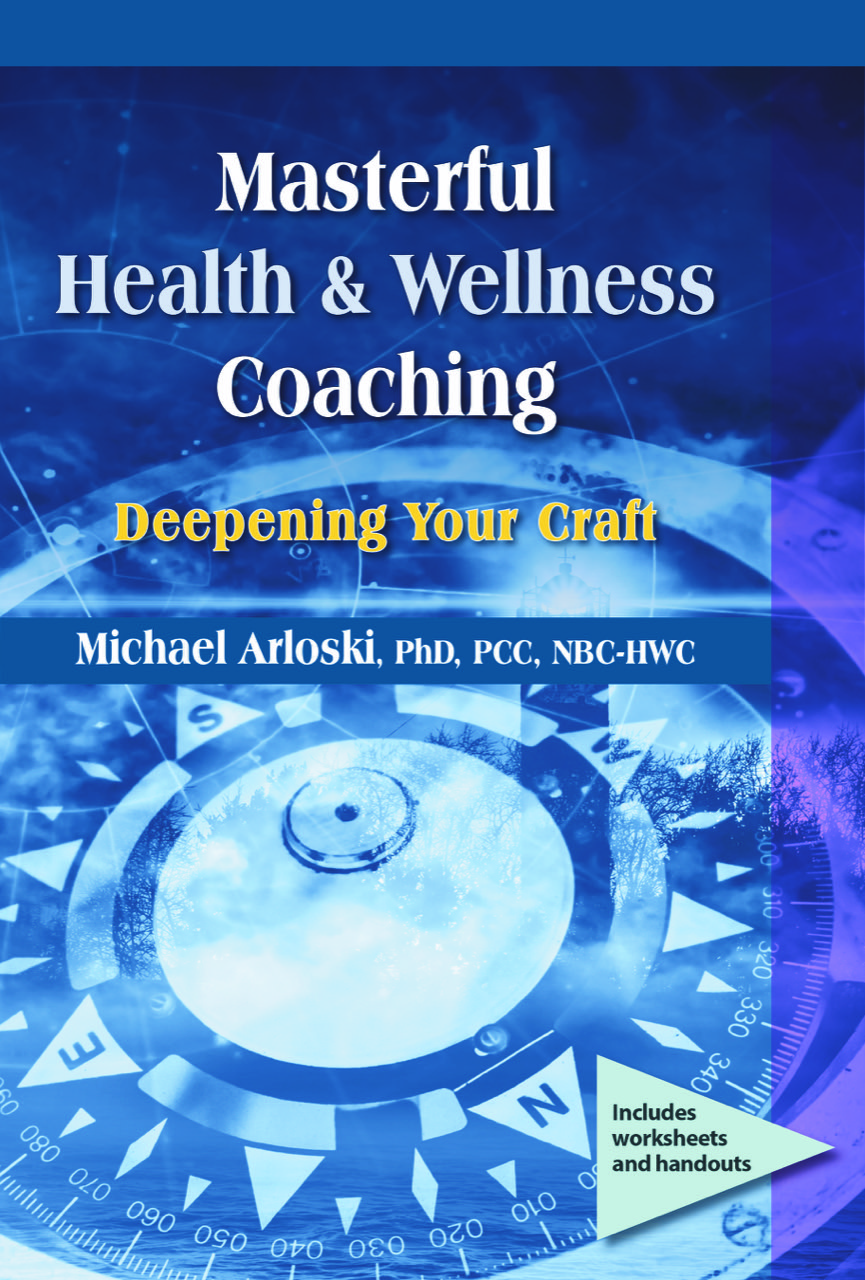Dancing In The Moment: Three Keys To Thinking On Your Feet During The Coaching Process

I never did get the Cha Cha. It looks like line dancing is a lot of fun, but I’ve got two left feet that seem to always get in everyone’s way. Following prescribed steps in a precise way is just not how I like to dance. Now, fire up some swing, some impromptu, totally kicking it up blues or Telluride Bluegrass style tune and my gal and I will light up the floor! Like coaching, I’m working with moves I’ve learned, but I’m putting them together on the spot to fit the moment.
We learn many things by breaking them down into a step-by-step process and then reassembling them into action that becomes more fluid the more we practice this. Musicians start with the basics of scales and rhythms. Cooks start with cookbooks and some real basics like slicing and dicing. Dancers start with left-foot, right-foot, and coaches start with basic coaching skills like paraphrase/restatement, reflection of feeling, etc. As we coaches learn more, we realize that we need not just basic coaching skills, but an organizing methodology.
#1 Have An Organizing Methodology
Wellness coaching lends itself well to working with an organizing methodology. It’s a way of working with clients that gives them the structure that will help them take something as broad as “lifestyle improvement” and focus it down to a concrete wellness plan made up of areas of focus, action steps and agreements for accountability. Just equipping coaches with a toolkit of general life coaching skills and then throwing them into the work of health and wellness coaching just isn’t enough to get the job done well. Clients like to see that their coach is working with them in a way that has a beginning, a middle and an end. This is a central part of our training at The Wellness Coach Training Institute using the Wellness Mapping 360°™ Methodology. (www.realbalance.com)
 How can you put more "swing" into your coaching?
How can you put more "swing" into your coaching?
A wise woman I know likes to say that she organizes her time so she can “drift”. Knowing that she has the important things covered, is aware of her choices, and can see what’s ahead, she can relax and enjoy living life well. Effective wellness coaches work the same way. Structure is important. Having a wellness plan agreed upon, the client and coach always know where they are on the “map”. Being that grounded in coaching methodology is like being a musician who can improvise and play jazz. It’s like a martial artist who has practiced their “katas” so many times that in combat they move effectively with little thought. Perhaps, the best comparison is with an effective psychotherapist.
# 2 Be grounded in theory.
As I trained to become a psychotherapist I studied theory diligently, and in depth. I learned that the better I knew theory the more I could cast aside the cookbook and think on my feet. I could literally “dance in the moment” with my client. It was like I just “knew” what to do next. I wasn’t even consciously thinking about theory in the session. Theory was there like floorboards under the dancer’s feet holding us up.
Wellness coaches need to be trained in basic coaching skills and then keep on learning, seeking out opportunities to learn more. Dig into the foundations of coaching. Much of it comes from a combination of client-centered (Carl Rogers, etc.) and more cognitive approaches. While a good coach never “plays therapist”, the more you understand about emotions, motivation, and behavioral change theory, the better! Read the three earlier posts here on The 15 Vital Books For The Wellness Coach: Straight Off My Shelf starting with Part One.
#3 Trust The Coaching Process
A wonderful thing about the “coach approach” is how it shifts the responsibility for change to the client. Their self-efficacy grows, motivation increases and behavior changes, while we get to work smarter not harder. Beginning coaches actually coach on faith. They have to have faith that interacting this way with someone will be the very best possible way to help that person at that time. The challenge is to be patient, use the active listening skills and the powerful questions, keep the client focused and then see where it all goes. We are so often tempted to take what we hope are short-cuts, like just telling someone what they need to change and how to do it, only to find out that our clients don’t buy into our great ideas and don’t improve their lifestyles.
 How can you put more "swing" into your coaching?
How can you put more "swing" into your coaching?
Sometimes a moment of silence that lets the client say more, or a simple paraphrasing of the essence of what has been said yields more progress than all the brilliant ideas we could rack our brains thinking of. The coaching conversation alone can work wonders, if we let it. And remember, the only way to get to coaching’s “Carnegie Hall” is to practice!
What allows you to “dance in the moment” with your wellness coaching client? Leave a comment!








Only registered and logged in readers can leave comments.